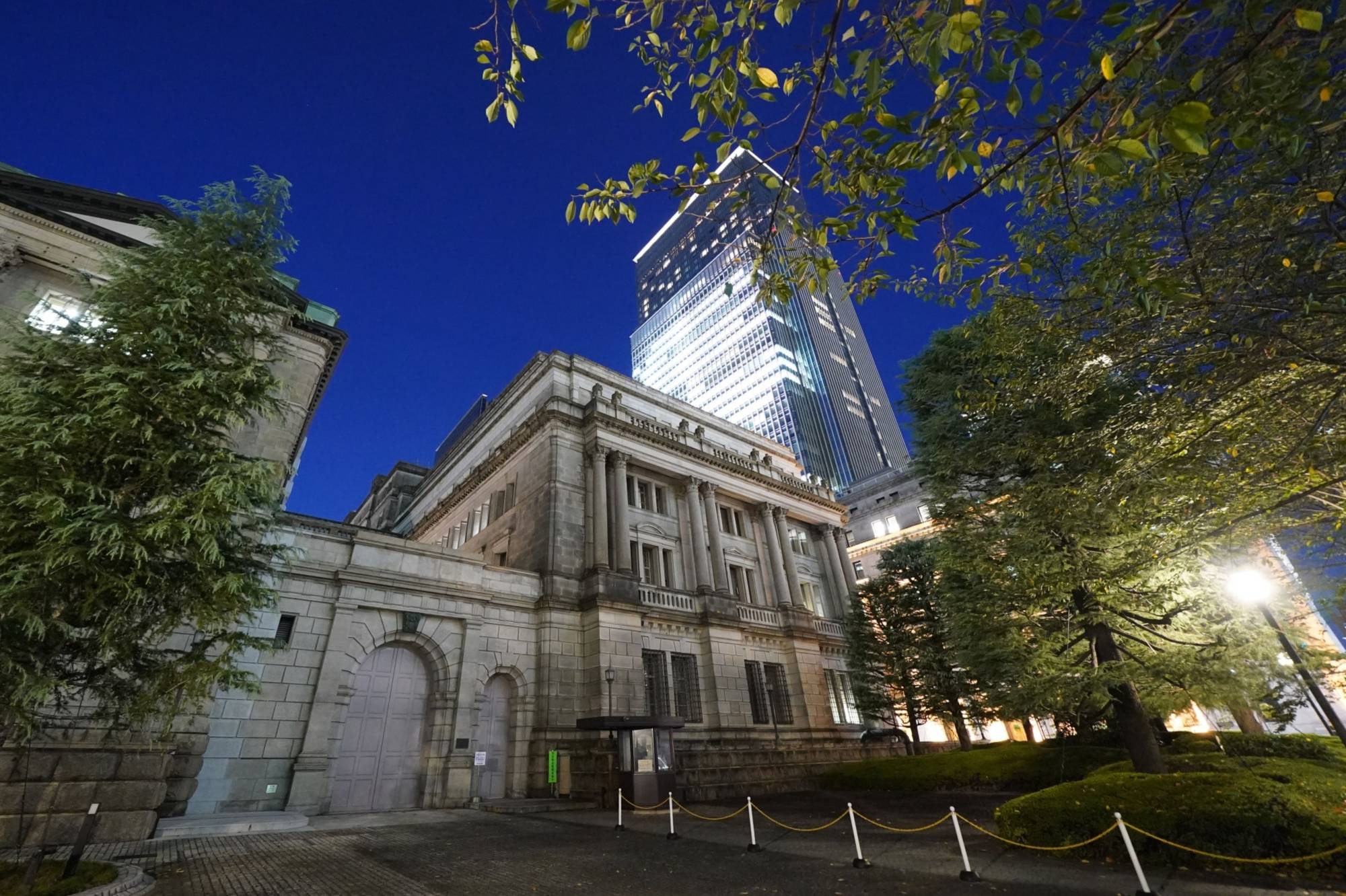The Bank of Japan adjusted its view of inflation risks for the first time since 2014 but only nudged up its price forecasts a fraction, a combination that suggests moves toward phasing out stimulus are still a distant prospect.
The central bank kept its negative interest rate, bond yield target and asset purchases unchanged at the end of its meeting Tuesday. The stand-pat decision was widely expected given that Japan’s gradually accelerating inflation still remains far weaker than in the U.S. and other major economies.
The bank said the risks to prices are balanced instead of tilted downward, in a change that shows the bank now sees the possibility of inflation outstripping their projections, not just undershooting them.
















With your current subscription plan you can comment on stories. However, before writing your first comment, please create a display name in the Profile section of your subscriber account page.